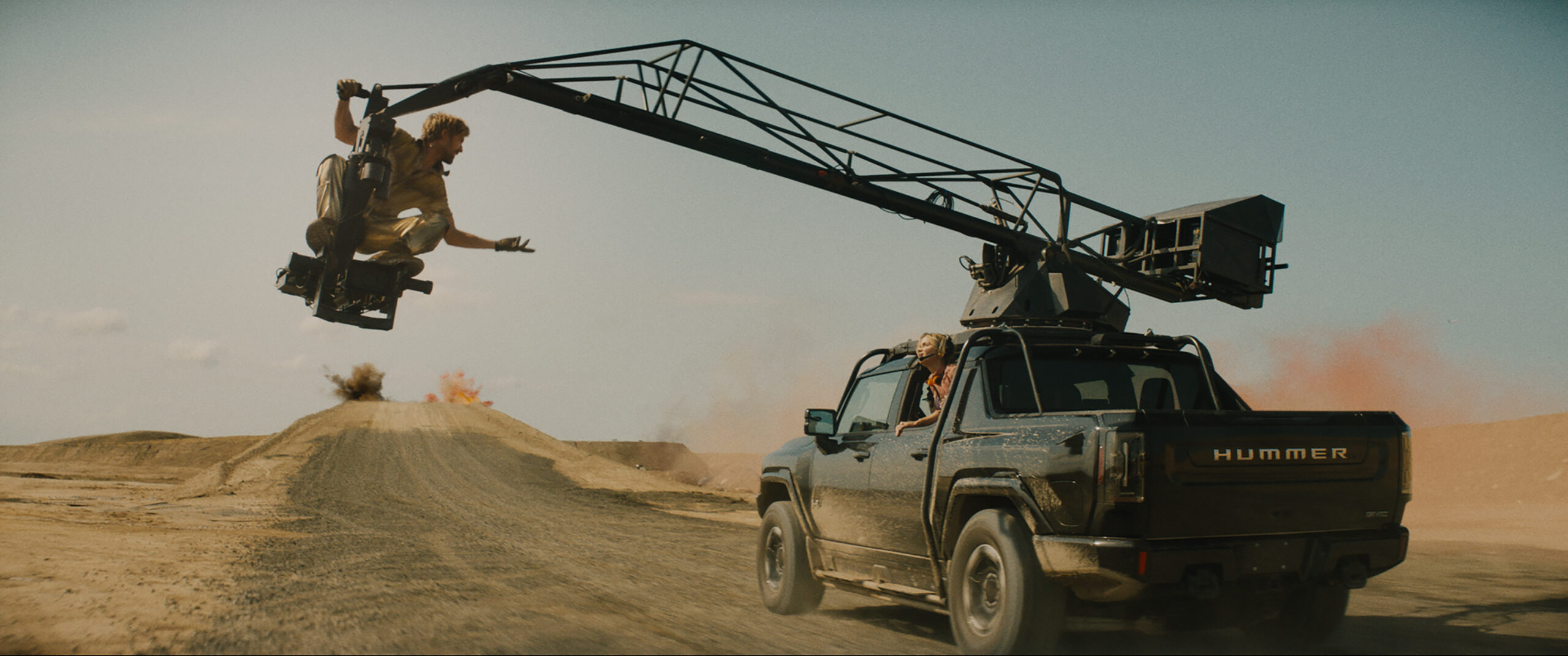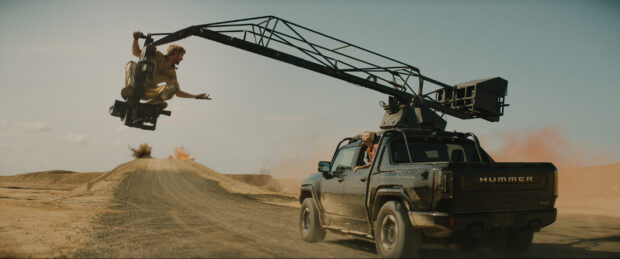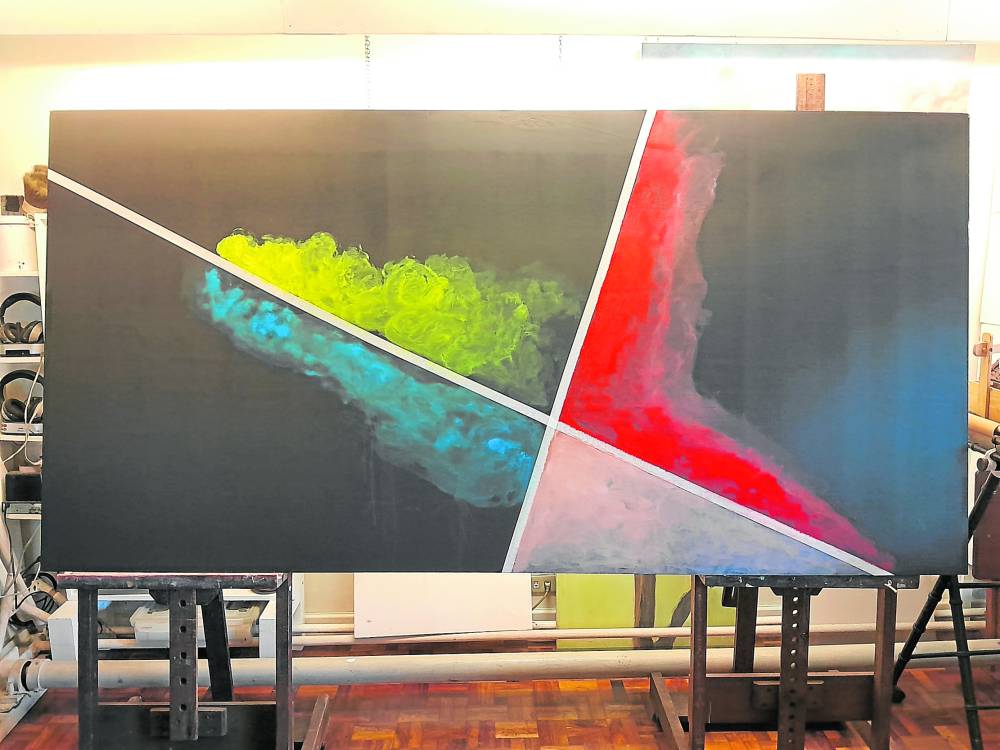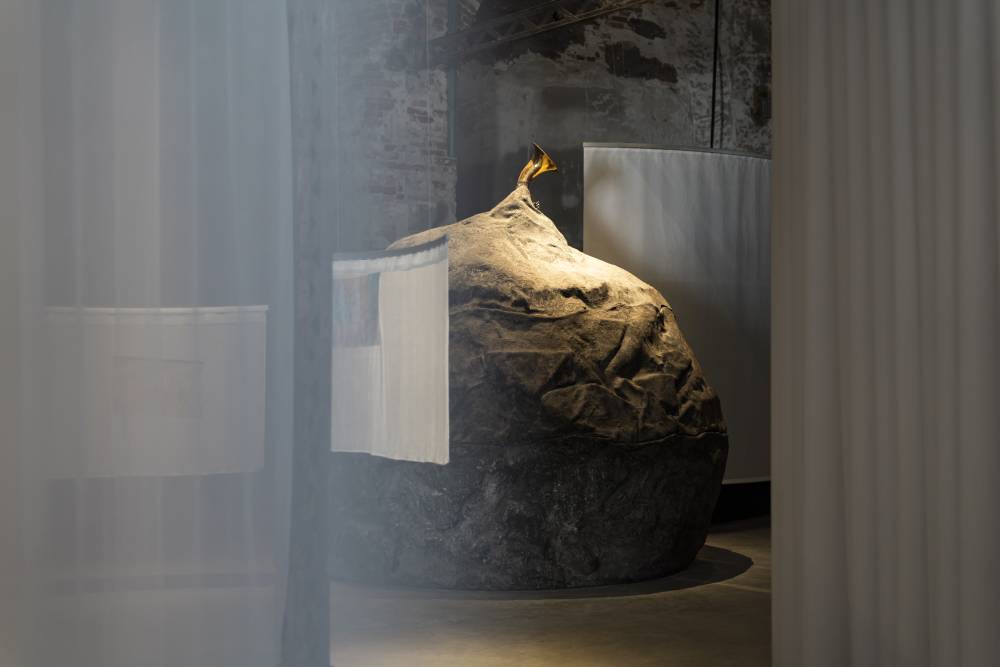PARIS — By landing on the moon in 1969, Neil Armstrong and Buzz Aldrin arrived at a place which, up until that point, had been the stuff of fantasy.
But even after they transformed fantasy into fact, it is a place that continues to capture the imagination of storytellers, as it has for centuries.
Literature, novels, cinema … from antiquity to the present, the moon has been the object of any number of imaginary expeditions.
As far back as 2 B.C., the satirist Lucian of Samosata, in “True Stories,” imagined a voyage to the moon that saw the author and his fellow travelers find the King of the Moon caught up in a war with the King of the Sun.
In the 17th century, French writer Cyrano de Bergerac — the real one, not the character in Edmond Rostand’s famous play — wrote a tale titled “The Other World: Comical History of the States and Empires of the Moon.”
Baron Munchausen traveled to the moon in a flying boat in German writer Rudolf Erich Raspe’s 1785 fantasy.
And the 17th-century astronomer Johannes Kepler imagined demons on the moon in his story titled “The Dream.”
Verne’s tale
In more modern times, science fiction pioneer H.G. Wells imagined a sophisticated race of insect-like creatures living below the satellite’s surface in “The First Men on the Moon.” Wells’ adventurers reached the moon using a substance that negated the forces of gravity.
Verne, in his 1865 tale “From the Earth to the Moon,” was a little less fanciful, shooting his travelers across space in a giant cannon.
A century or so later, Armstrong, traveling back from the moon, referred to Verne’s tale in one of his television broadcasts.
More recently still, one of Herge’s 1950s Tintin adventures featured a visit to the moon—and even Snowy, his loyal dog, got a space suit.
Cinema versions of the moon have been equally fanciful.
In George Melies extraordinary 1902 work “A Trip to the Moon,” the travelers find giant mushrooms and excitable natives. He follows Verne with a cannon-propelled space capsule—and a splashdown at sea on their return.
As technology brought the possibility of a lunar flight closer, that seemed to dampen the market for the more fanciful lunar tales.
Kubrick’s ‘2001’
Classic sci-fi writer Robert Heinlein still used the moon as the setting for his 1966 novel “The Moon Is a Harsh Mistress.” But by this time, humans inhabit it—and Heinlein’s tale is about the revolt of the lunar colony against rule from Earth.
And just a year before the real Moon landings, Stanley Kubrick’s epic 1968 film “2001” has astronauts at an outpost on the moon finding a mysterious obelisk there.
Here, as in Clarke’s original story, the moon has become little more than the stage for something far more important.








































